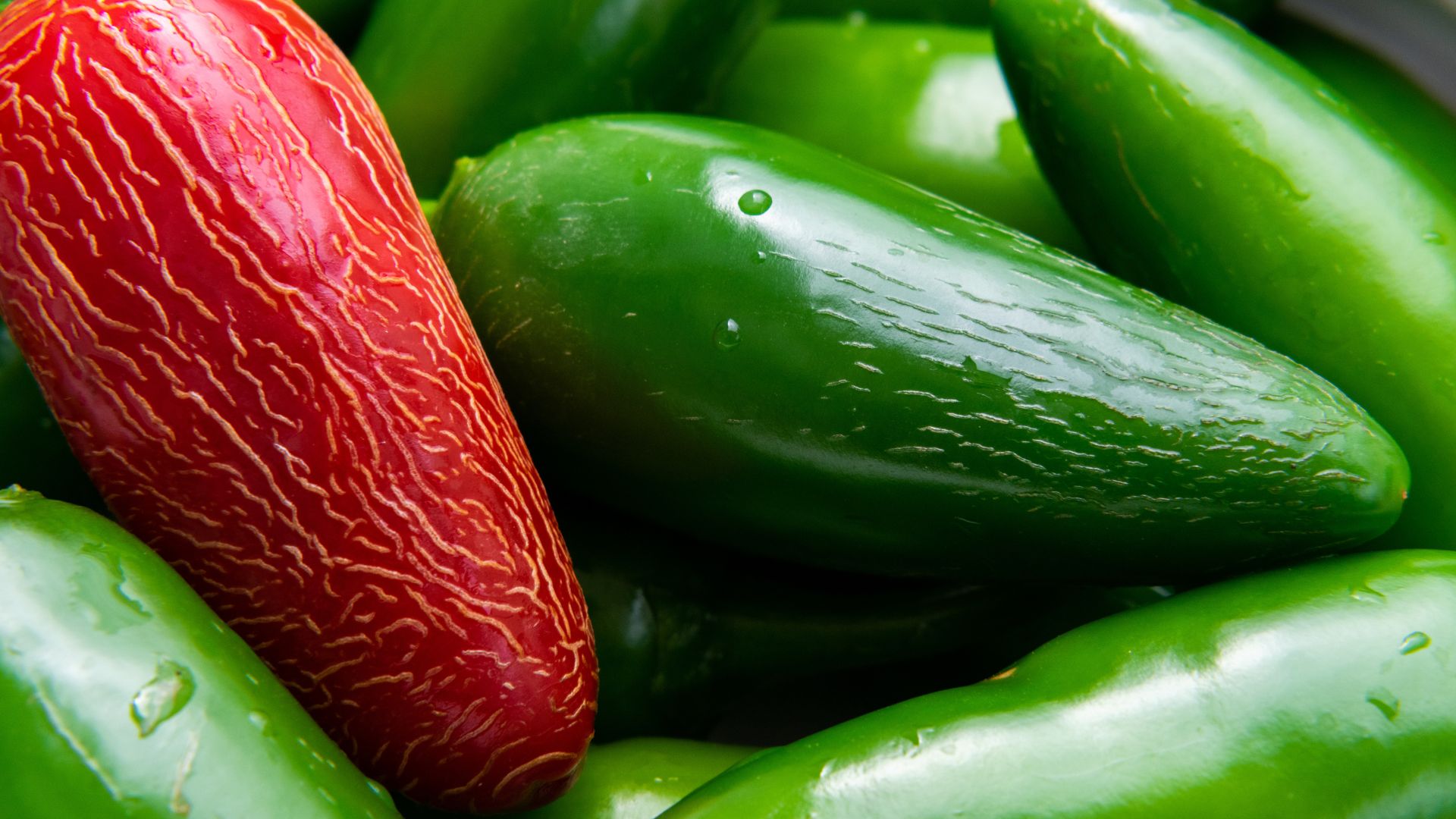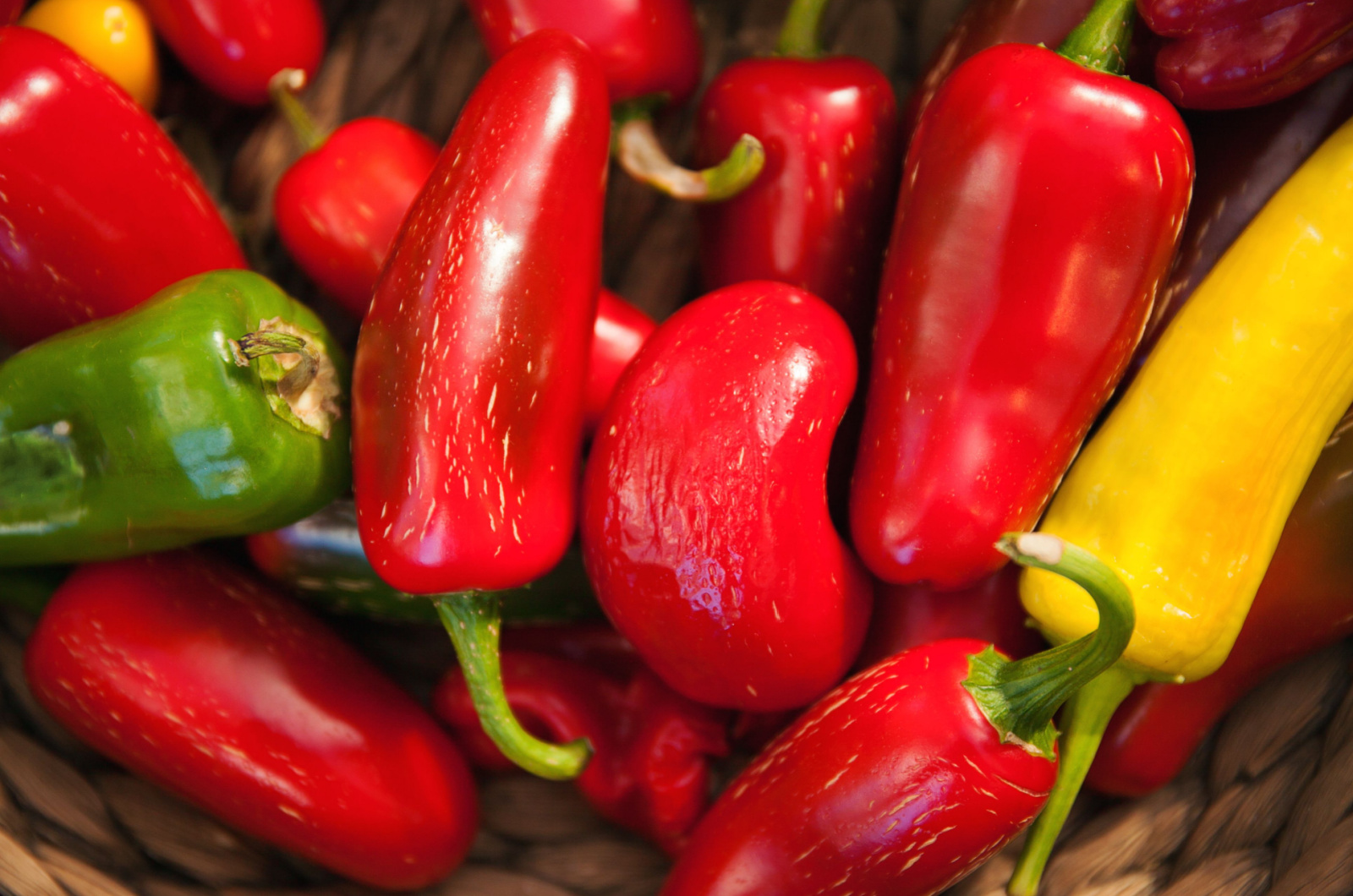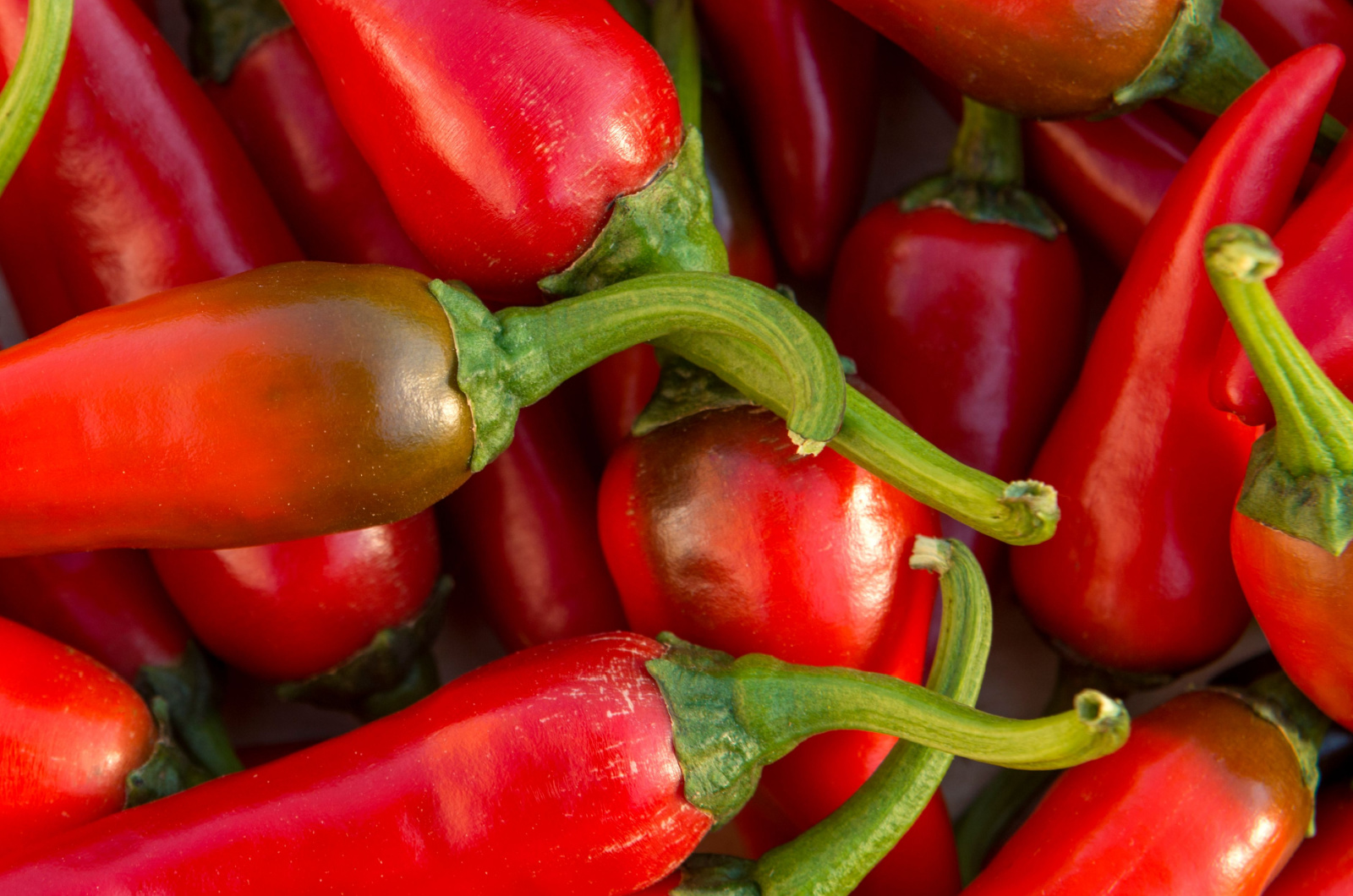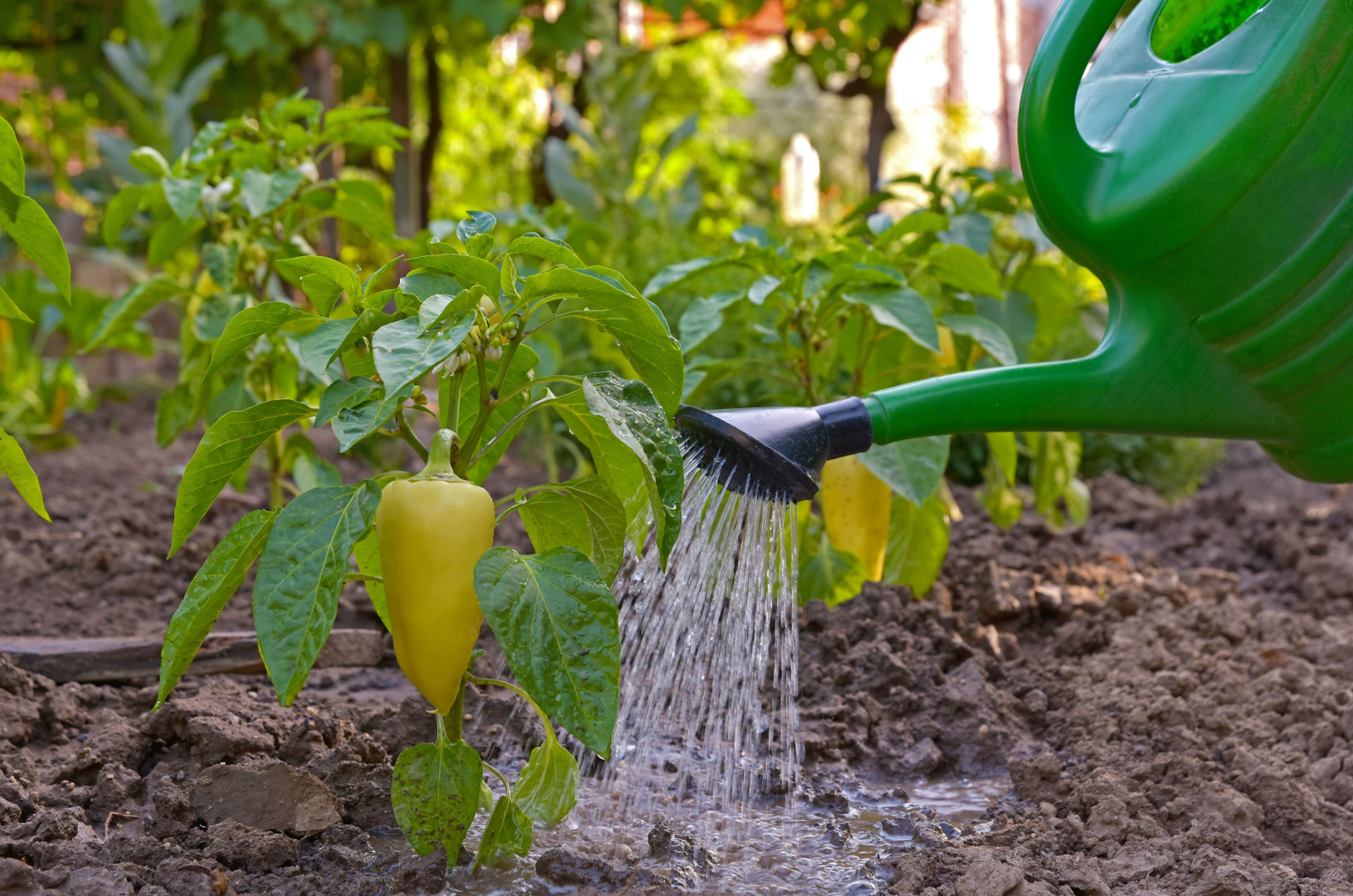Peppers are one of the most common veggies in home gardens. And that isn’t something surprising because they taste heavenly! Some prefer the crispy sweet bell peppers and others are more into spicy jalapenos.
But there’s one thing that can occur to these veggies that scares all gardeners: pepper corking!
If you don’t know about this term, take a look at your peppers: if there are some woody lines on the crops, they’re dealing with this strange phenomenon.
In this article, I’ll tell you all you need to know about pepper corking: why it happens, which varieties it affects, and how to prevent it.
Let’s get started!
More About Pepper Corking
The easiest way to explain this phenomenon is to define these changes in your peppers as stretch marks.
So, what happened with your peppers is that they grew in the perfect environment and the inside part developed faster than the outer skin.
At some point, the outer skin will break under pressure and then heal over and display woody scars.
A similar situation can happen in other veggies; for instance, tomatoes can split and crack out of the blue.
The difference is that peppers have thicker outer skin and they’ll continue to grow even after corking.
In most cases, the scars are vertical, but sometimes they can appear in concentric circles.
Let’s see the culprit for this odd condition.
Why It Happens
Once you touch a corked pepper, the skin will feel rough and it may seem as if the plant lacks water.
Believe it or not, the problem is totally the opposite: the culprit is too much water!
If you keep adding water to your pepper plants, they’ll develop at a way faster rate until the skin tears.
Similarly to other garden veggies, peppers perform best if you water them when the soil is a little bit dry.
If your region experiences periods of heavy rainfall, your peppers will most likely display corking. Those who use drip irrigation systems or other tools that water all pepper planting sites at once may encounter this phenomenon more often.
There are some cases when picked peppers display woody lines but it mainly affects the crops that are stored in warm and humid rooms.
Which Pepper Varieties Are Susceptible To Corking?
Interestingly, hot peppers are more prone to corking than sweet peppers. The main reason is that these types of peppers are smaller in size and the growth rate of the inside sections is more likely to increase.
Well, sweet peppers are less susceptible but that doesn’t mean they’re fully resistant to this condition. If they experience too much rain or you water them too often, they can also display corking.
However, the woody lines in sweet peppers aren’t as prominent.
Can You Eat Corked Peppers?
Here’s one thing almost every grower with this issue asks themselves: are corked peppers edible???
Good news, everyone! These peppers are completely safe to consume.
According to some connoisseurs, hot peppers with woody lines will be even hotter. You can expect an even higher rank of your Habanero pepper on the Scoville list!
This may be another internet myth, but you know what they say, you can’t know until you try!
How To Prevent Corking In Peppers
If you don’t want your peppers to experience corking, there are some things you can do.
The easiest solution is to cut back on watering and water your pepper plants when their soil is dry to the touch.
The only problem is if you aren’t the only water supplier for your peppers. If you live in a region with heavy rainfall, this method won’t help you much.
What you can do is harvest your peppers frequently. They won’t have enough time to experience growth spurts, so here’s your chance.
With this technique, you’ll also encourage your peppers to generate new crops and everyone loves that.
Growing peppers is fun and generally easy. And even if corking occurs, you can still enjoy their amazing flavor!




